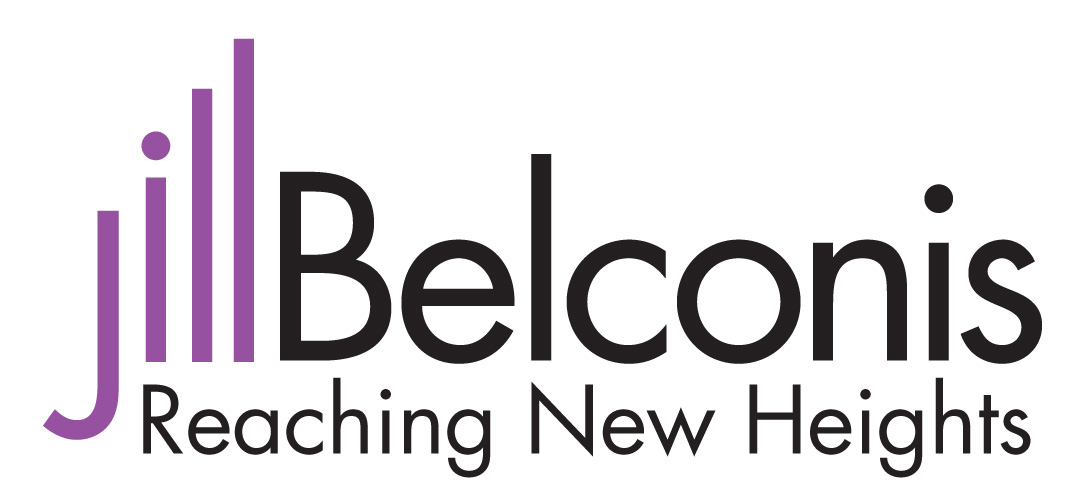I recently attended Patrick Lencioni’s first-ever UnConference, an event focused on teamwork, leadership and organizational health. Patrick, the acclaimed author of Five Disfunctions of a Team, The Advantage, and many other books, delivered a wealth of information around maximizing the “health” of your company. Additionally, he had several renowned CEOs who shared their leadership strategies and successes in driving winning cultures in their organizations. One of the most extraordinary was the keynote from Alan Mulally, the legendary former CEO of Boeing and then Ford, who is credited for turning Ford into the number one automobile brand in the USA.
Alan has been on Fortune’s list of World’s Greatest Leaders. He’s also known as one of the kindest, most authentic leaders. As he spoke in depth about the leadership principles that have guided him throughout his career, I could absolutely see why all of this was true. In fact, he believes that Skilled and Motivated Teams are the foundation of every successful company, and he showed us his Principles, Practices and Management Systems which were printed on a single sheet, and said he reviewed this with his team before each meeting.
Here are his 11 rules:
People first… love them up. Believe that your people will drive success. Be of service to them. Take interest in their lives, their work and their development.
Everyone is included. Bring everyone along. Ensure that each member of the team understands his or her role and how it fits into the big picture.
Compelling vision, comprehensive strategy and relentless implementation. Have an optimistic vision that encourages the best in others and sees the greatest possibilities for the company. When Alan became CEO of Ford in 2006, it was during the U.S. auto industry crisis. Through vision, an easy-to-follow, comprehensive strategy and laser-focused execution, he brought Ford back from the brink of bankruptcy and turned a huge profit without accepting government bailout.
Clear performance goals. Create specific performance goals, regular check-ins and built-in accountability for leadership, every team and all individuals.
One plan. Build a single strategic plan to create alignment and focus. It’s similar to the SCALING UP One Page Strategic Plan.
Facts and data. Develop leaders with opinions and big ideas, but with facts and data to back them up. “Facts and data will set you free.”
Everyone knows the plan, the status and areas that need special attention. Review the status of all major initiatives, giving them a green, yellow or red grade at weekly meetings. Create a culture where it is okay to rate a project as red or behind goal, so the team can identify the cause and collaborate on a resolution.
Propose a plan, positive, “find-a-way” attitude. Work together on a solution, stay positive and you’ll eventually succeed. Don’t let issues paralyze you.
Respect, listen, help and appreciate each other. Show respect and appreciation for every member of your team. Leaders must lead by example.
Emotion resilience — trust the process. Keep going when things go wrong and don’t give up until you find the answers.
Have fun — enjoy the journey and each other. (Alan’s most important rule!) Have fun with your work, and get to know and truly appreciate the people on your team.
In the end, Alan said his role as CEO was to focus on holding people accountable, managing culture and setting direction for the company. People are the foundation of every healthy organization!

